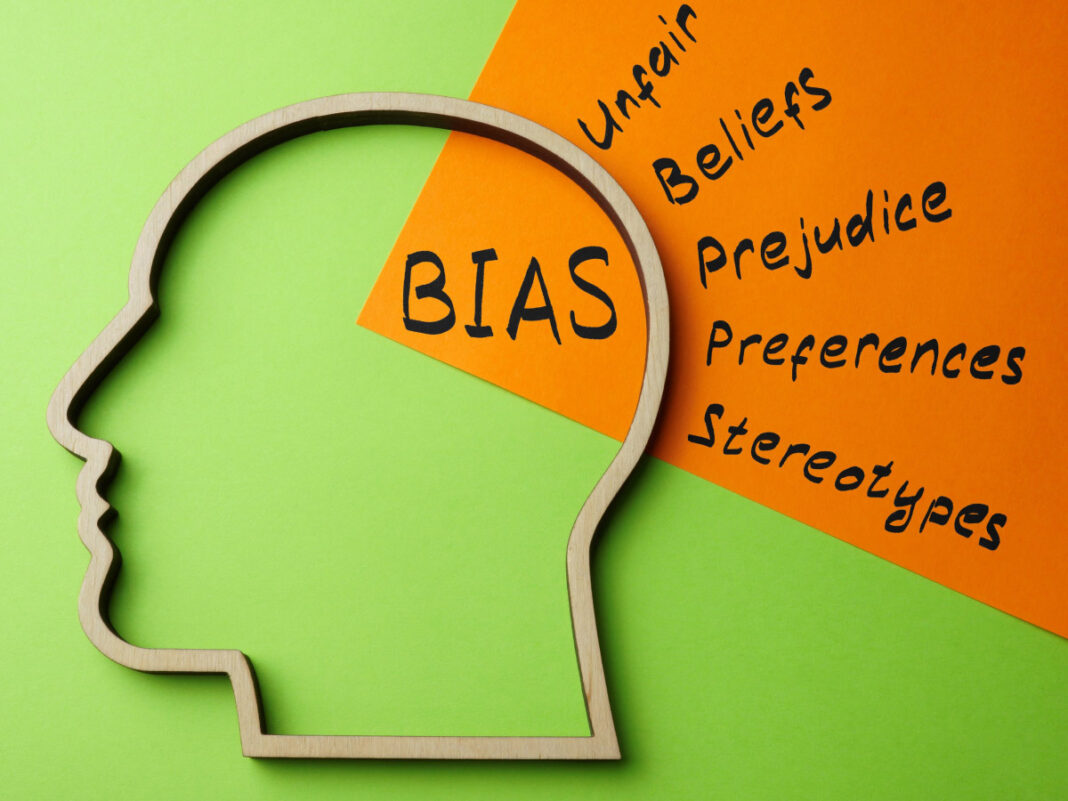In today’s increasingly interconnected world, the importance of understanding and overcoming implicit biases has never been more crucial. As societies become more diverse, the need to address the root causes of stereotypes and prejudice is essential for fostering inclusivity and equality.
The Roots of Implicit Bias
Humans naturally categorize the world around them to make sense of complex environments. This cognitive shortcut, while helpful in some contexts, can lead to the formation of implicit biases that emerge early in life. Research has shown that babies begin to organize human faces by race and ethnicity as early as nine months old, influenced by the emphasis their environment places on such categories. These inherent tendencies can foster illogical stereotypes and social harm, perpetuating discrimination in various forms.
Implicit biases function as automatic mental associations that influence behavior and decision-making, often without conscious awareness. They can lead to assumptions about professional competence, criminality, and perceived danger based on attributes like race or gender, contributing to systemic inequalities in society.
The Impact on Education and Career Development
In educational settings, implicit biases can have profound effects on students’ experiences and outcomes. Experts emphasize the need for public recognition of racial and ethnic disparities in educational outcomes and advocate for narrowing these achievement gaps.
Moreover, in the realm of career development, managing unconscious biases is crucial for creating a diverse and inclusive work environment. Five types of unconscious biases—affinity bias, halo effect, horns effect, attribution bias, and confirmation bias—are identified as factors that can impact hiring, promotions, and workplace inclusivity.
Overcoming Bias in the Workplace
Addressing unconscious bias requires both individual and organizational efforts. Companies are encouraged to promote inclusive work environments by implementing diversity and inclusion initiatives, offering training programs, and fostering open communication to include diverse perspectives. Creating equitable systems for hiring and promotions involves establishing structured interviews, setting objective evaluation standards, and maintaining transparent decision-making processes.
By prioritizing equitable professional development and offering opportunities based purely on merit, organizations can begin to dismantle the systemic barriers that perpetuate inequality. Promoting open dialogue and valuing diverse experiences can strengthen employee trust, fostering a culture of safety and belonging.
Building Trust Across Cultures
In a globalized world, trust is a critical component of effective collaboration and partnership. However, trust is not universal; it’s influenced by cultural dimensions, historical experiences, and social structures. Understanding these variations is essential for leaders and organizations operating globally. Implicit biases and stereotypes significantly influence trust perceptions, often leading to misunderstandings if left unchecked.
Strategies to overcome these biases include active perspective-taking and developing cultural intelligence. Cross-cultural competency emerges as essential for fostering trust, enhancing the ability to navigate cultural differences, and reconcile differing trust expectations.
The Role of Environmental and Cultural Shifts
Efforts to combat implicit bias at an individual level have shown limited effectiveness. However, changing societal and environmental inputs may offer more sustainable solutions. For example, altering media representations can reduce the reinforcement of stereotypes. A study found that popular TV shows indirectly reinforced racial biases through nonverbal cues, highlighting the need for more positive and diverse portrayals in media.
Societal changes, such as legal protections for marginalized groups, have also been associated with declines in implicit biases over time. By creating environments that discourage the formation of flawed mental associations, societies can foster more inclusive attitudes.
Strategies for Combating Implicit Bias
Implementing practical steps to address implicit bias involves both self-reflection and systemic changes:
Self-awareness
Encourage individuals to recognize their own biases through tools like the Implicit Association Test and engage in continuous self-reflection.
Structured decision-making
Organizations can adopt evidence-based standards for hiring and evaluations to minimize subjective judgments influenced by bias.
Cultural competency training
Provide education that enhances understanding of cultural differences and promotes empathy.
Diverse representation
Highlight role models from varied backgrounds to expand perceptions of success and talent.
By adopting these strategies, individuals and organizations can work towards creating a more equitable and inclusive society.
Table – Types of Unconscious Biases
| Type of Bias | Description |
| Affinity Bias | Favoring people who are similar to ourselves. |
| Halo Effect | Forming a positive impression based on one trait, influencing overall perception. |
| Horns Effect | Forming a negative impression based on one trait affects overall judgment. |
| Attribution Bias | Attributing success to external factors and failures to personal characteristics, especially for others. |
| Confirmation Bias | Seeking information that confirms existing beliefs and ignoring contradictory evidence. |
Conclusion
Tackling stereotypes in a multicultural world is a complex but essential endeavor. Addressing implicit bias requires a combination of individual, cultural, and systemic interventions. Through increased awareness, structural changes, and a commitment to valuing diversity, we can move beyond bias and build a world that truly reflects the richness of all its cultures.


